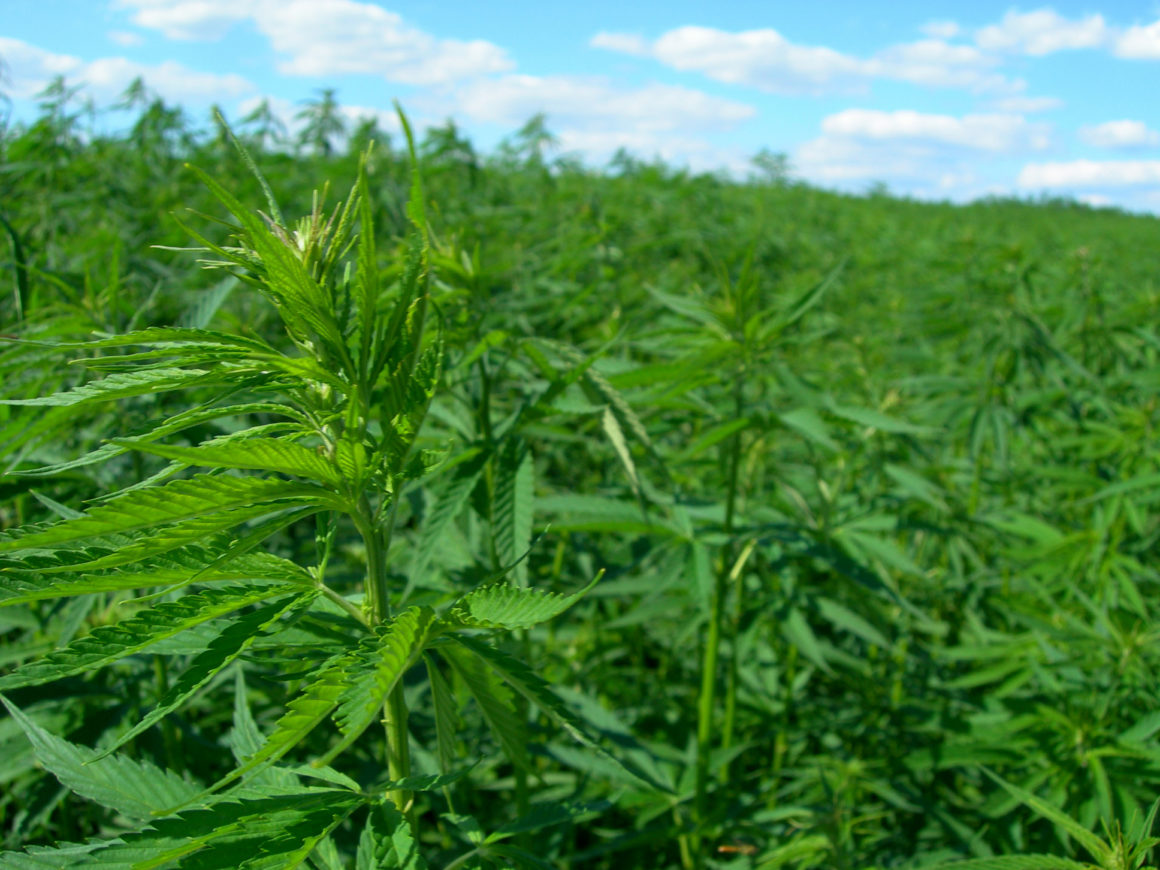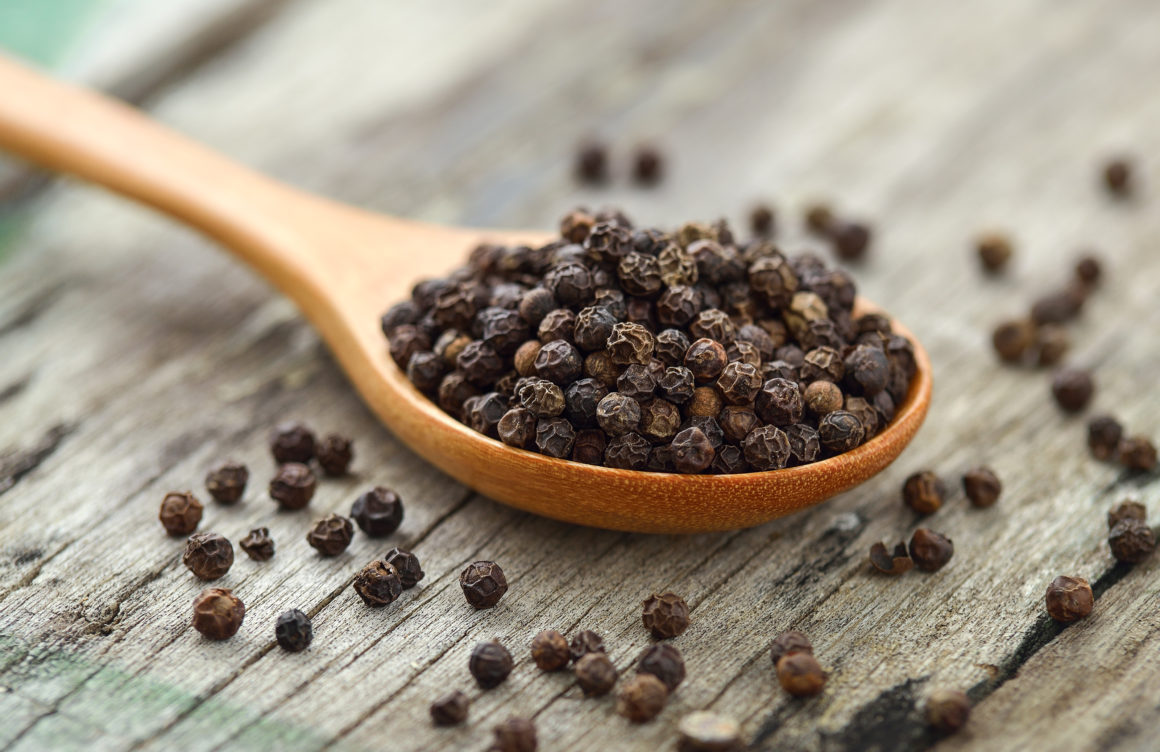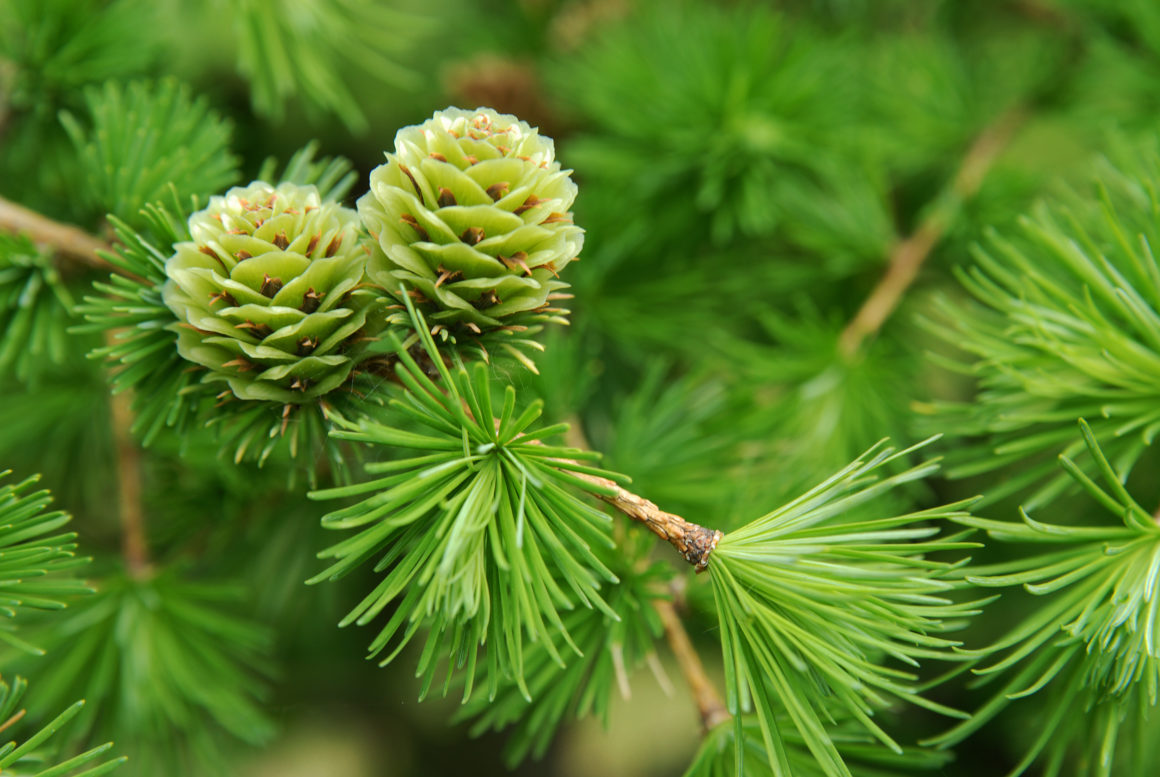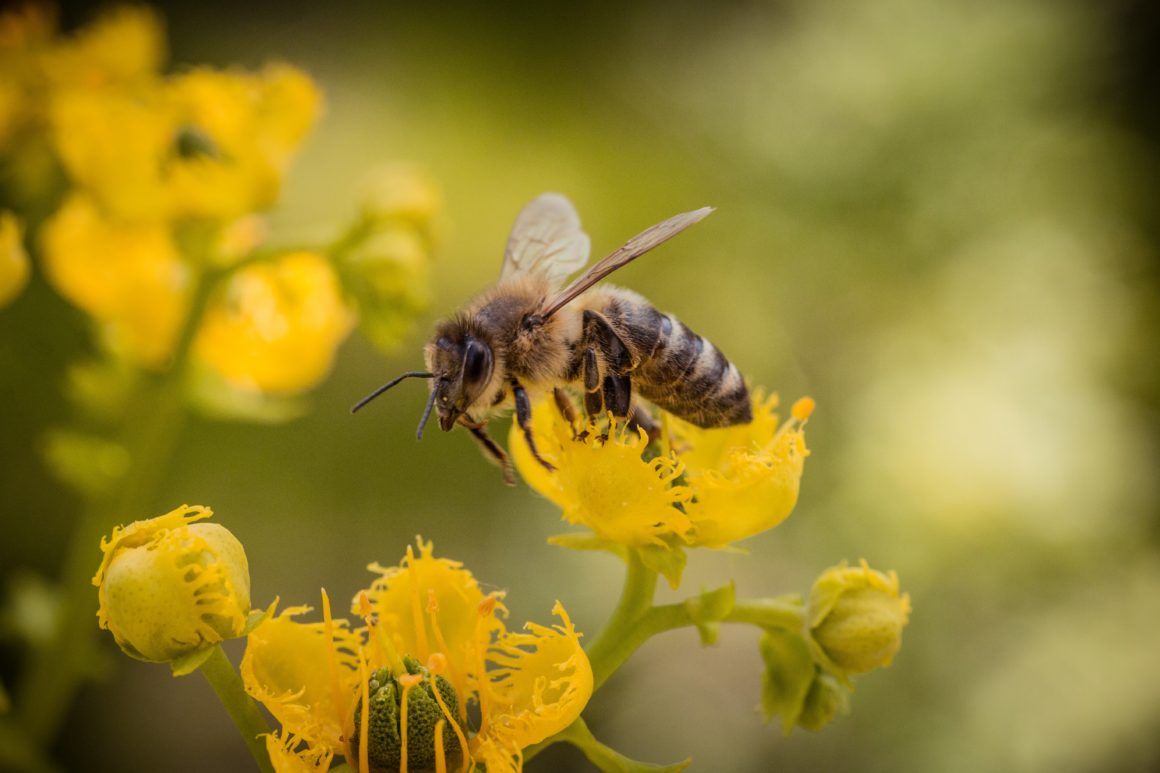Terpenes 101 Part III: Geraniol, B-Caryophyllene & Terpinolene
In our final chapter of Terpenes 101, we cover the benefits and backgrounds of the remaining terpenes in FOCUS broad spectrum hemp extract, including geraniol, beta-caryophyllene, and terpinolene. Compounds created by all plants, trees, and shrubs, terpenes are responsible for many of our favorite tastes and scents. Terpenes also exhibit extraordinary health benefits on their own and as key ingredients in broad and full spectrum hemp extracts.

To discover more about what terpenes are and their many sources check out Terpenes 101 Part I . If you didn’t get a chance to learn about humulene or limonene, you can read about these terpenes by visiting Terpenes 101 Part II. Although many of the same terpenes are produced in a variety of plants, shrubs, and trees, all terpenes in FOCUS are hemp-derived.
Beta-Caryophyllene [Be-Ta Cary-Oh-Fy-Leen]

Background & Plant Sources
When not stumbling over the pronunciation of beta-caryophyllene (BCP), we’re in awe of this flavorful terpene. Used extensively in aromatherapy, beta-caryophyllene is produced in high quantities in clove, ylang-ylang, cinnamon, black pepper, and rosemary.
The most striking discovery about beta-caryophyllene is that it’s actually more than just a primary terpene. It also possesses phytocannabinoid characteristics similar to CBG and CBD. Research has shown that BCP has tendencies to activate the body’s endocannabinoid system’s CB2 receptors. This compound trait lends researchers to believe it can have a significant impact in addressing many common and severe health conditions.
Aroma & Flavor Profile
Say when. Bold by nature and scent, beta-caryophyllene expresses itself with a broad, savory smell. Because of its distinct flavor composition, beta-caryophyllene is a key component of many common spices including black pepper and cinnamon.
Beta-Caryophyllene Benefits & Its Role In Hemp
Perhaps the most unique terpene, beta-caryophyllene plays dual roles as a compound of the hemp plant. As a primary terpene, BCP has the same characteristics of its terpene counterparts, in that it boasts a distinct aroma and flavor profile and is also a resource for health benefits. BCP is also the only terpene that directly activates the endocannabinoid system’s CB2 receptors. As a pseudo-phytocannabinoid, BCP shows promising results as a wellness source for several ailments and conditions.
A number of studies have found BCP—as an analgesic— can help ease physical tension and discomfort. Its interaction with CB2 receptors triggers proper digestive and immune function and helps regulate balanced stress level responses. BCP is also the only terpene approved by the FDA as a classified “food additive”.
Terpinolene [Ter-Pine-O-Leen]

Background & Plant Sources
Another primary terpene, terpinolene is typically found in smaller quantities compared to other terpenes. Present in dozens of vegetative species, terpinolene is prevalent in conifer trees, lilacs, sage, apples, nutmeg, rosemary, and cumin.
Aroma & Flavor Profile
If the root of its name didn’t give it away, terpinolene expresses itself with a predominately woodsy, piney scent, but it also has light citrusy, herbal aroma tones. That mix of fresh scents is the reason terpinolene is used frequently in household cleaners and body fragrances.
Terpinolene Benefits & Its Role In Hemp
Terpinolene is known chiefly for its interaction with the central nervous system, inducing sleepy, light sedative effects when ingested in suggested doses. But that is far from terpinolene’s only identifiable wellness quality. Although It doesn’t hold many analgesic properties, it has been studied for its anti-bacterial and antifungal properties.
Currently, researchers are most excited about terpinolene’s antioxidant properties. A recent study notes terpinolene’s anti-proliferative effects and its ability to downregulate specific proteins associated with harmful cell growth.
Geraniol [Ger-An-I-Ol]

Background & Plant Sources
Can you guess where the name geraniol is derived from? If you said the geranium plant, you are correct. Present in many sweet-smelling plants and flowers, geraniol is found commonly in roses, lemongrass, citronella, coriander, peaches, blueberries, carrots, and many other herbs, flowers, and fruits.
What makes geraniol such a fascinating terpene is that certain insects also produce it. One such insect maker of geraniol is the honey bee. Produced in honey bees’ scent glands, geraniol is used as a territorial mechanism to impede other colonies from overtaking pollination sites and as a marker to fellow colony honey bees of nectar-bearing fruits.
Geraniol and geraniol oil is used in many daily and seasonal products. For protection against mosquitoes, flies, and other pesky insects, geraniol is the main ingredient in citronella oil. It’s often added to many cosmetic lotions, moisturizers, and perfumes, as well as used a flavoring agent in candy and ice cream.
Aroma & Flavor Profile
When we take time to literally smell the roses, we’re actually exciting our olfactory system’s scent receptors with the delightfully sweet aroma of geraniol. Geraniol also exhibits scents that are fruity, citrusy, and floral.
Geraniol Benefits & Its Role In Hemp
Like myrcene and limonene, geraniol is a primary terpene produced by hemp plants. Used for centuries as a wellness resource, both research studies and anecdotal observations note the therapeutic benefits geraniol possesses.
As an analgesic, geraniol is useful for relieving pain when taken orally or topically. Geraniol is known to display active anti-inflammatory and antiviral properties conducive for inhibiting a variety of ailments like the common cold and inflammatory disorders.
It has also been researched that geraniol works well as a neuroprotectant. Published by the Journal of Neuroscience in 2014, a study concluded that geraniol can be used to thwart neuropathy—a common condition for people with diabetes or pre-diabetes.
To round out geraniol’s wellness benefits, the terpene possesses antifungal and anti-bacterial properties, having the ability to relieve infections and inhibit fungal growth.
We hope you have enjoyed this Terpenes 101 series and now have a better understanding of these simple yet powerful plant compounds that work organically to make us feel better in mind, body, and spirit. To learn more about FOCUS broad spectrum hemp extract visit PrimeMyBody.com.
References
- https://cannabisnow.com/understanding-terpenes-geraniol/
- https://www.leafly.com/news/science-tech/what-is-geraniol-marijuana-terpene
- https://www.cvdvt.org/terpene-of-the-month-terpinolene/
- https://www.royalqueenseeds.com/blog-terpinolene-everything-you-need-to-know-n477
- https://www.leafly.com/news/strains-products/least-common-terpene-terpinolene-effects











